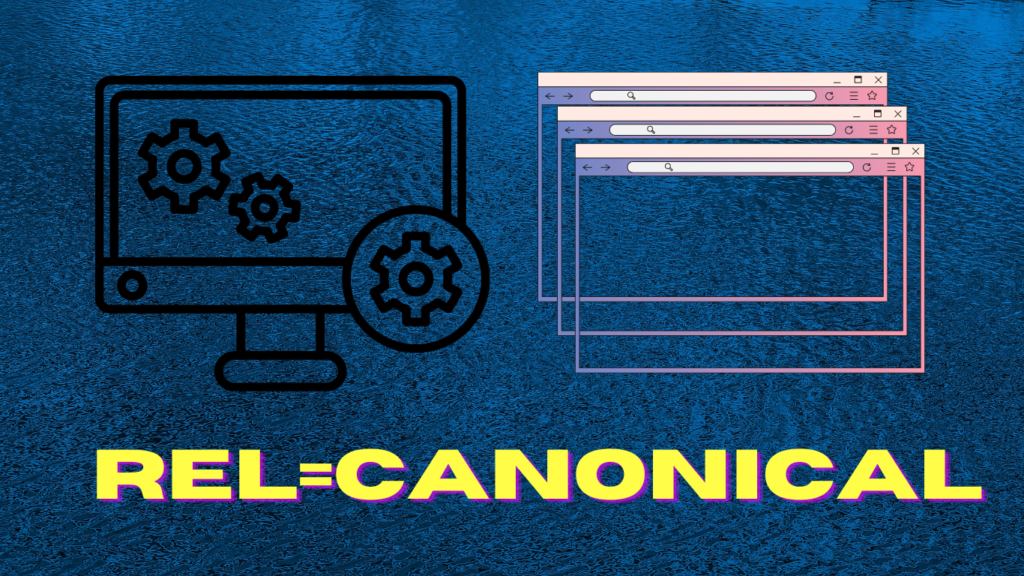There are many potential causes of SEO problems on a website.
In this article, we’ll explore the 7 most common ones and offer advice on how to fix them.
1. Indexing issues
If your website isn’t being indexed by Google, or if its pages are appearing in search results with unexpected frequencies, there may be an issue with how your site is being crawled and indexed. To troubleshoot this, check your Google Search Console account to see if there are any crawl errors being reported. If so, try to identify the cause of the errors and fix them (this could be anything from a problem with your robots.txt file to a broken link somewhere on your site). If you’re not sure what’s causing the errors, reach out to a knowledgeable web developer or SEO professional for help.
2. On-page optimization problems
If your website’s pages are not properly optimized for your target keywords, you’ll have difficulty ranking well in search results. To troubleshoot this, start by reviewing your title tags and Meta descriptions to make sure they’re accurate and keyword-rich. Then, take a look at your site’s content to ensure that it’s relevant to your target keywords and search queries. If it isn’t, consider revising or adding new content to better align with your SEO goals. Finally, check your website’s code to ensure that all elements are properly structured and labelled for optimum indexing and crawling.
3. Technical issues
Technical issues can also impede your website’s SEO performance. To troubleshoot this, start by checking your server settings to ensure that your site is accessible to search engine crawlers. Next, review your website’s structure and navigation to make sure it can be easily crawled and indexed by Google. Finally, check for any broken links or other errors that could be preventing search engines from properly accessing and indexing your site.
4. Linking issues
If your website has too few inbound links, or if the links it does have are of low quality, it will likely struggle to rank well in search results. To troubleshoot this, start by assessing the quality of the websites linking to you. If any of them are spammy or low-quality, reach out to the site owners and ask them to remove the links. Next, take a look at your own website’s link profile to ensure that you’re not linking to any spammy or low-quality websites yourself. Finally, build new high-quality inbound links by guest posting on reputable websites, participating in online forums and directories, and partnering with other businesses in your industry.
Link building is simply the process of connecting online with other business developers and asking them to provide connections from their websites when white hat SEO is considered. Make sure to choose the link-building strategy that best suits your website and your target audience. It must be performed after a solid SEO groundwork has been laid, original, high-quality content has been submitted, and it has already been finished to be effective. The user must know that employing too many links might result in black hat SEO tactics.
Advantages of Employing a Link-Building Approach
- Links assist the business gain reputation, making it appear more trustworthy to visitors and search engines as a resource for beneficial details that may promote current and forthcoming content.
- Backlinks are a significant ranking component that search engines like Google consider when developing their algorithms.
- A website’s exposure and traffic might grow due to excellent connections that improve keyword ranks.
- Links influence higher ratings and search engine optimization (SEO) rankings.
- Increases internet traffic as a result of other sites connecting to yours
- It contributes to increased online traffic.
- Links may open up more chances for generating revenue and sales.
5. Social media problems
If your website isn’t properly optimized for social media, it will be difficult to drive traffic from these platforms. To troubleshoot this, start by ensuring that your website’s pages are properly linked to your social media accounts. Then, review your social media profiles to make sure they’re keyword-rich and up-to-date. Finally, post fresh, relevant, and engaging content on a regular basis to keep your social media followers engaged.
6. Mobile optimization problems
With more and more people using mobile devices to access the internet, it’s important to make sure your website is optimized for these users. To troubleshoot this, start by checking your website’s design and layout to ensure it’s mobile-friendly. Then, review your website’s content to make sure it can be easily read and navigated on a small screen. Finally, test your website on various mobile devices to ensure it works properly across different platforms.
7. Localization issues
If you’re trying to target a specific geographic location with your website, it’s important to make sure your site is properly localized. To troubleshoot this, start by ensuring that your website’s pages are properly optimized for your target keywords and location. Then, review your website’s design and layout to ensure it’s culturally appropriate for your target audience. Finally, test your website on different devices in different countries to ensure it works properly across different cultures.
Conclusion:
SEO is a complex and ever-changing field, and it can be difficult to keep up with all the latest trends and best practices. However, by troubleshooting common SEO problems, you can improve your website’s ranking in search results and drive more traffic to your site.



